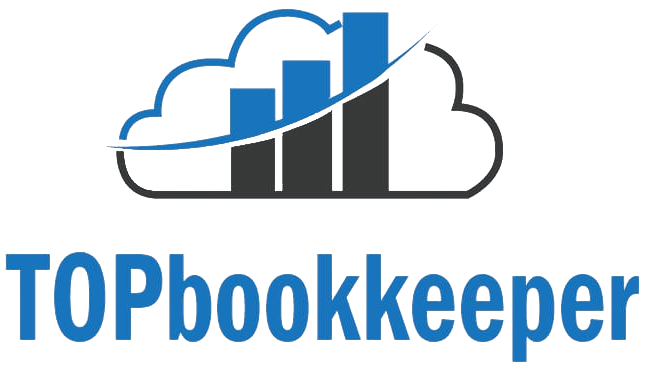Mastering Sales Force Automation: A Comprehensive Guide for Boosting Efficiency

Efficiency has become essential in the fast-paced business world of today. whatever their size, every business hopes to increase productivity and streamline processes. Software for sales force automation (SFA) has become an essential tool for businesses that value sales.
Understanding Sales Force Automation (SFA)
Sales Force Automation refers to the use of technology to automate and optimize various sales-related tasks, processes, and workflows. This can include managing leads tracking customer interactions, automating follow-ups, forecasting sales, and generating reports. SFA empowers sales teams to work smarter, not harder, by reducing manual administrative work and allowing them to focus on high-value activities like building relationships and closing deals.
Key Benefits of Sales Force Automation
Enhanced Productivity:
SFA eliminates time-consuming manual data entry and administrative tasks. Sales professionals can devote more time to engaging with leads and customers,ultimately leading to increased conversions.
Improved Lead Management:
SFA software efficiently captures, tracks, and categorizes leads.It ensures that no potential customer falls through the cracks, leading to higher conversion rates.
Streamlined Communication:
SFA tools centralize customer data, making it easy for team members to access important information. Team members may communicate and work together more effectively as a result.
Efficient Task Automation:
Routine tasks like sending follow-up emails, scheduling appointments, and generating reports can be automated, saving valuable time and reducing errors.
Data-Driven Insights:
SFA generates real-time reports and analytics, providing sales managers with actionable insights to make informed decisions and refine sales strategies.
Customer Relationship Management (CRM) Integration:
Many SFA systems seamlessly integrate with CRM platforms, ensuring a holistic view of customer interactions and history.
Implementing SFA: Step-by-Step
Assessment and Selection:
Identify your organization's specific needs and goals. Research and select an SFA software that aligns with your requirements.
Data Migration and Integration:
Smoothly transition your existing sales data into the new system. Ensure integration with other tools like CRM and marketing automation for a unified approach.
Customization:
Tailor the SFA software to match your sales processes. This might involve configuring pipelines, stages, and user permissions.
Training and Adoption:
Train your sales team on using the new software effectively.Highlight the benefits and demonstrate how it will simplify their daily tasks.
Monitoring and Optimization:
Continuously monitor the software's performance. Gather feedback from users and make necessary adjustments to optimize its functionality.
Overcoming Challenges
While the benefits of SFA are undeniable, successful implementation requires addressing potential challenges:
Change Resistance: Some team members might resist adopting new technology. Emphasize the advantages and provide proper training to alleviate concerns.
Data Security: Ensure robust security measures to protect sensitive customer information from unauthorized access.
Integration Complexities: Integrating SFA with existing systems can be complex. Work closely with IT teams to ensure seamless integration.
Conclusion
In a competitive business landscape, mastering Sales Force Automation is not just a choice, but a necessity. By embracing SFA, companies can empower their sales teams, optimize processes, and create a customer-centric approach that fosters long-term growth. With the right SFA software and a well-thought-out implementation strategy, businesses can transform their sales operations and achieve unprecedented levels of efficiency and success....
